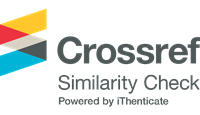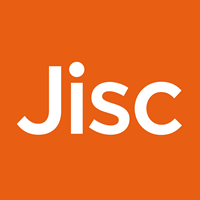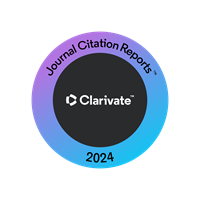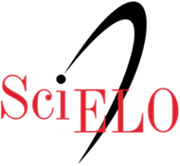<b>Maize cultivars and plant population affecting green ear yield</b> - DOI: 10.4025/actasciagron.v32i1.987
Keywords:
Zea mays L., seedling density, genotype, green corn
Abstract
The producers of green corn aim at the professionalization of their production, providing high-quality products and in sufficient quantity to supply the most demanding markets. To achieve this goal, management techniques must be adopted to provide high yields without negatively affecting commercial traits. Aiming at evaluate the aptitude of cultivars and plant population effect on green corn yield, an assay was carried out in Ponta Grossa, Paraná State. Randomized blocks in a split-plot scheme were adopted as the experimental design. Cultivars (Penta, 30P34, DKB 214 and SWB 551) were primary and plant populations (3.5, 5.0, 6.5, 8.0 and 9,5 plants m-2) were secondary treatments. Ear shape, length of unhusked ear, length of kernel set, diameter of husked ear, fresh weight of husked ear, kernel size, percentage of marketable husked ears, and number of marketable husked ears were characterized. The results demonstrated that 30P34, DKB 214, and SWB 551 are able to yield green ears and their higher yields are expected when grown in plant populations of 38,983, 59,866 and 43,591 plants ha-1, respectively. Increasing plant population negatively influences all evaluated ear traits, except shape. DKB 214 cultivar had higher percentage and number of marketable husked ears.Downloads
Download data is not yet available.
Published
2009-11-04
How to Cite
Vieira, M. de A., Camargo, M. K., Daros, E., Zagonel, J., & Koehler, H. S. (2009). <b>Maize cultivars and plant population affecting green ear yield</b> - DOI: 10.4025/actasciagron.v32i1.987. Acta Scientiarum. Agronomy, 32(1), 81-86. https://doi.org/10.4025/actasciagron.v32i1.987
Issue
Section
Crop Production
DECLARATION OF ORIGINALITY AND COPYRIGHTS
I Declare that current article is original and has not been submitted for publication, in part or in whole, to any other national or international journal.
The copyrights belong exclusively to the authors. Published content is licensed under Creative Commons Attribution 4.0 (CC BY 4.0) guidelines, which allows sharing (copy and distribution of the material in any medium or format) and adaptation (remix, transform, and build upon the material) for any purpose, even commercially, under the terms of attribution.
2.0
2019CiteScore
60th percentile
Powered by 

2.0
2019CiteScore
60th percentile
Powered by 



















































